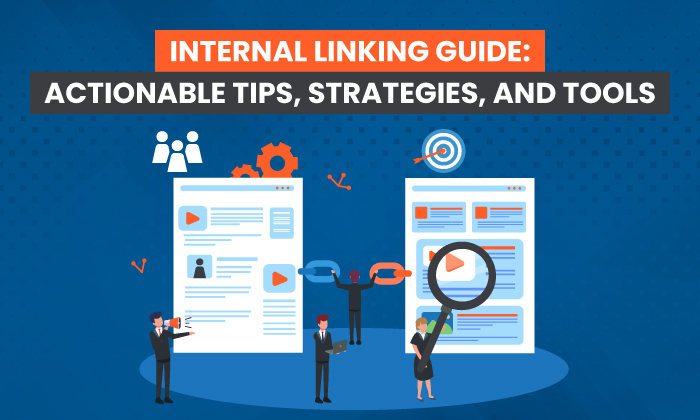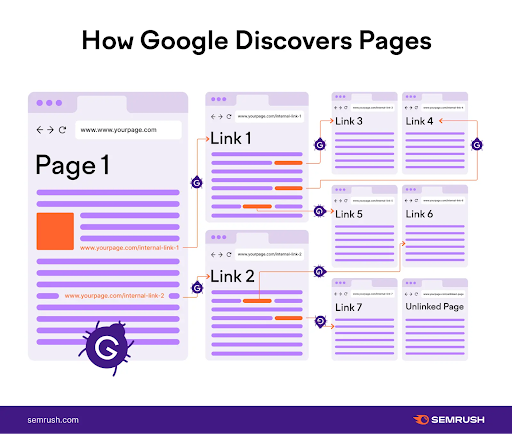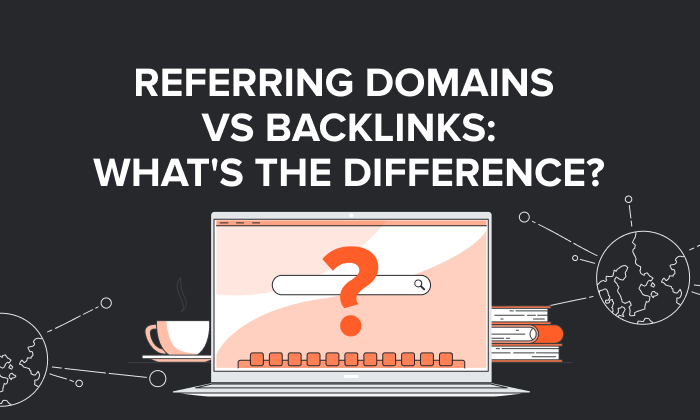Internal Linking Guide: Actionable Tips, Strategies, and Tools
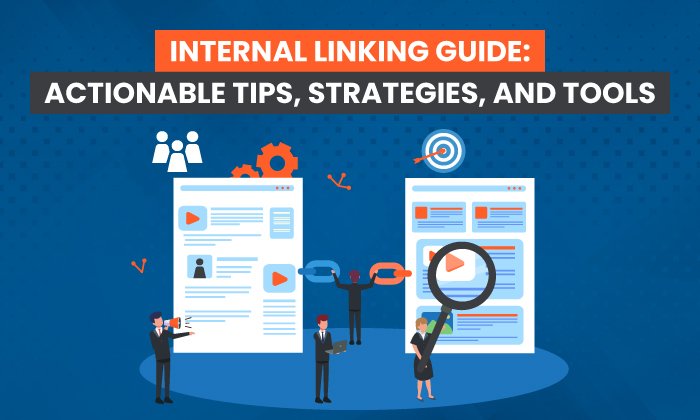
By Neil Patel
Internal links are a crucial part of a successful SEO strategy.
Small but mighty, simple yet complex, internal links help navigate users through your digital content and give search engine crawlers information about how your website works.
Internal links are found on almost every page on the internet. You’re probably already using them, even if you don’t know it. (Hint: there’s a few included in this intro,)
If you want to optimize your content for SEO, you need to understand how internal links work, where to place them, and why they matter.
In this post, we’ll dive into internal linking and cover best practices.
What Is Internal Linking?
Internal links are links from one page to another within a single domain.
These are different from external links, which point to pages on a different website.
Every website with more than one page should be connected through internal linking.
Think of your website’s home page. In the top navigation, you likely have a menu that links to other internal pages. This could be your About, Shop, and Contact pages.
This internal linking structure is essential for SEO because it establishes a site architecture and improves your link equity.
Having multiple web pages attached to a singular domain improves your chances of being ranked by allowing search engine crawlers to index more content.
Internal linking is a simple issue of site design and architecture, and the search engines expect it. All websites have a design and architecture that keeps them structured logically, such as this common silo model.
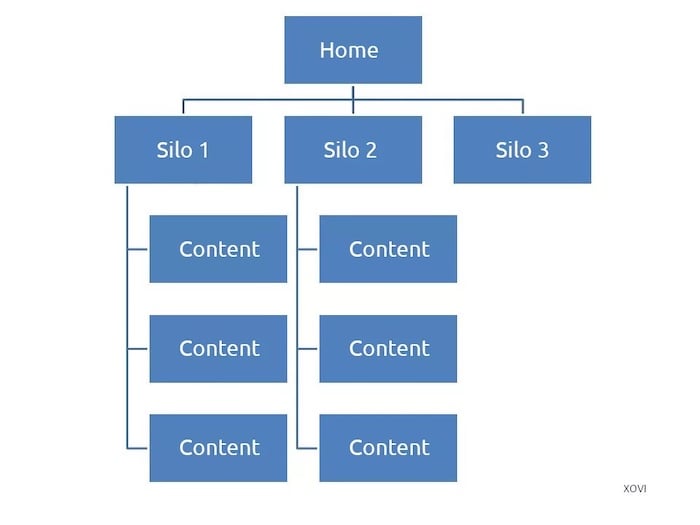
Of course, site architecture and structuring can get far more complex.
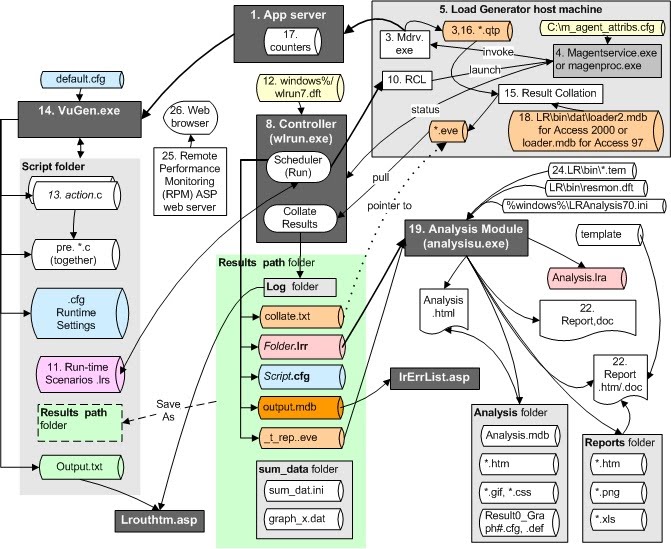
But as long as you have a strong internal linking structure, your website will be crawled, indexed, and ranked by search engines.
Internal linking is also an important part of your user experience, as it allows users to uncover related information or find what they are looking for, which improves dwell time.
5 Reasons Internal Linking Is Good for SEO
Internal linking is one of SEO’s most valuable weapons.
Why? Because it works.
Google’s machine-learning algorithm has come a long way since the early days of SEO. Nowadays, it’s nearly impossible to game the system.
As advanced as the algorithm is, there are still simple changes that will give you an immediate boost in SEO without gaming the search engines.
Internal linking is one of them. It’s not a trick or a gimmick, and it’s certainly not hard to do.
Here are some of the benefits.
1. Helps Google Index Your Site
Google’s crawler follows link paths throughout the internet to find and index websites.
If your website has strong internal linking, the Google crawler has an easier …read more
Source:: Kiss Metrics Blog

